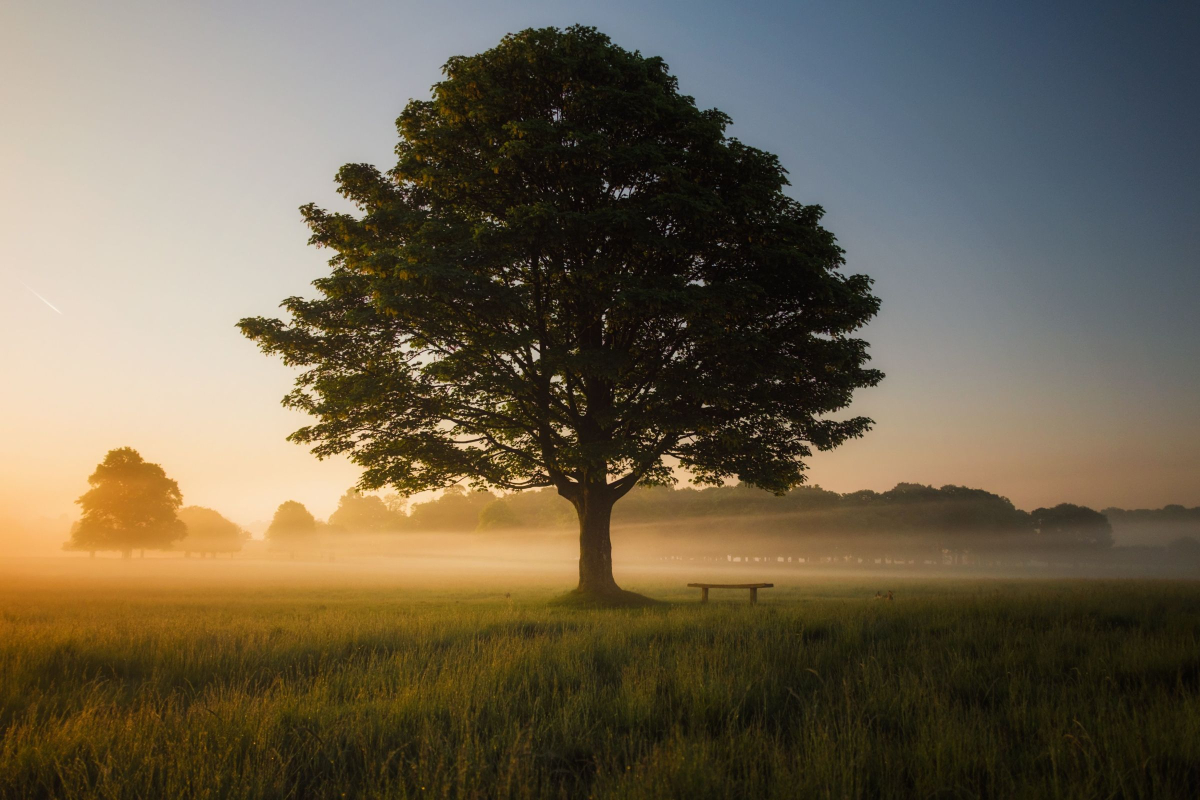Every gardener knows that annual plants need certain types of nutrients to grow and thrive. What fewer people consider is that the established trees, shrubs, and woody perennials in their landscapes sometimes need an extra boost, as well. Read on to find out about the most common signs that a tree needs fertilizer.
Slowing Growth Rates
When trees reach a few years old, most species start to grow rapidly each year until they reach maturity. If a tree appears to be staying the same size from one season to the next, it may not be getting the nutrients required to facilitate fast growth. Home landscapers, orchardists, and hobby tree growers can check this list of the growth rates of different trees as a reference point.
Smaller Than Normal Leaves
It’s never normal for a tree’s leaves to shrink over time, either within the same growing season or from one season to the next. When this happens, it’s almost always due to a nutrient deficiency, and according to realtimecampaign.com, the best way to address that deficiency is by applying tree fertilizer. Just make sure to choose a product like Dr. JimZ Fertilizer that contains nutrients derived from organic materials.
Leaf Discoloration
Leaf discoloration is one of the most obvious signs of nutrient deficiencies in trees, shrubs, and woody perennials. Of course, deciduous varieties should experience changes in color in the fall before dropping last year’s leaves. Those beautiful red, orange, and yellow hues that precede the dropping of leaves for the season indicate that the trees are no longer producing chlorophyll, which is what keeps healthy leaves green. That’s a good thing in the fall, but it’s not in the spring or summer.
If a tree’s leaves are changing color prematurely or in unusual ways, that’s typically a sure sign of a nutrient deficiency. Each type of deficiency manifests itself in slightly different ways, and it’s often the case that trees are deficient in multiple nutrients. Applying a balanced organic fertilizer should help without requiring property owners to learn everything about tree biology.
Branch Die-Back
With rising fertilizer costs a growing problem for orchardists and landscapers, alike, it should come as no surprise that many people are choosing to forgo applying extra nutrients to their trees. Eventually, the problems will extend beyond slowing growth rates, discoloration, and smaller-than-usual leaves, though, and trees will begin to experience branch dieback. This phenomenon occurs when a tree is unable to obtain enough nutrients from the soil to feed its peripheral branches. While those dead branches will still need to be pruned, starting the specimen on a fertilizer regimen can help to prevent further damage.
Take Preventative Action
All trees need nutrients, so as long as property owners don’t go overboard or choose dangerous chemical fertilizers, there’s no harm in taking preventative action. Instead of waiting until a young tree’s growth rate falters or an established specimen shows signs of leaf discoloration or branch die-back, start applying an organic fertilizer in smaller, maintenance quantities while it is still healthy. It’s the best way to ensure a long, productive future.
Media Contact
Company Name: Realtimecampaign.com
Contact Person: Media Relations
Email: Send Email
Phone: 407-875-1833
Country: United States
Website: Realtimecampaign.com
